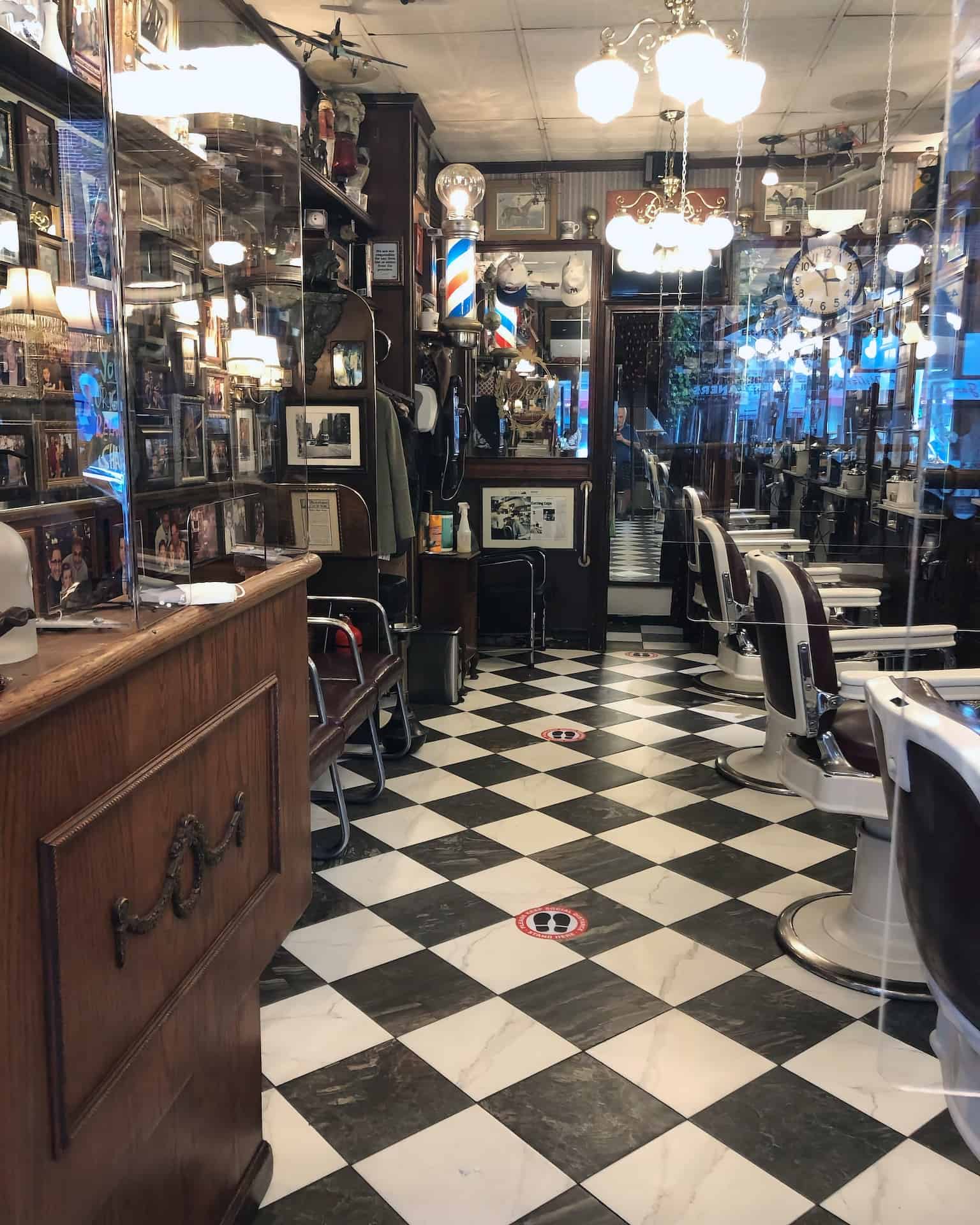The Eternal Evolution of Barbering Tools and Methods Through the Ages
Wiki Article
Barbering has a deep history that extends thousands of centuries, evolving from basic tools and methods to the sophisticated practices used currently. The earliest hairdressers were often priests or medics who performed trims and shaves as part of their spiritual or medical responsibilities. In ancient Egypt, groomers used sharpened rocks and bronze tools to style the hair and facial hair, which were significant emblems of status and hygiene. The tools of the trade were not just functional; they also held societal significance, showing the principles and beliefs of the community at the time.
As societies advanced, so did the instruments and techniques used in grooming. In historical Rome, barbershops became fashionable community hubs where men congregated not only for grooming but also for discussion and leisure. Barbers used more sophisticated tools, such as steel razors and brushes, which enabled for more precise trims. The introduction of the flat razor marked a notable development in barbering, providing a tighter shave and a more refined appearance. This era also saw the emergence of the barber pole, a emblem of the profession, which symbolized the fluid and bandages associated with grooming surgeons who performed minor medical procedures.
During the medieval period, grooming took on new dimensions as barbers began to specialize in various services. They not only trimmed locks but also offered shavings, dental care, and even bloodletting. The tools used during this period included the notorious groomer's bowl and the straight razor, which remained common for ages. The skill of these tools improved, with artisans creating premium cutters that were both long-lasting and efficient. This era highlighted the importance of cleanliness and individual care, as barbers played a crucial role in maintaining the well-being and look of their clients.
The Industrial Revolution brought about significant changes in grooming tools and methods. With progress in production, barbers could access a broader variety of tools, including safety razors and powered trimmers. These innovations made haircuts and shaves more effective and available to the general public. The growth of grooming salons as community gathering places continued, with barbers becoming reliable figures in their communities. The introduction of new styles navigate here and trends, shaped by mainstream society, further transformed the barbering profession, allowing barbers to showcase their artistry and skill.
Currently, barbering is a mix of traditional techniques and modern advancements. While many groomers still use flat blades and shears, powered trimmers have become crucial tools in the industry. The emphasis on personal care has broadened to encompass a range of services, such as beard styling, color dyeing, and skin treatment. Grooming salons have transformed into trendy establishments that cater to a varied customer base, providing a inviting atmosphere for all. The enduring evolution of barbering instruments and methods reflects not only the advancements in technology but also the lasting significance of grooming in societal tradition.
